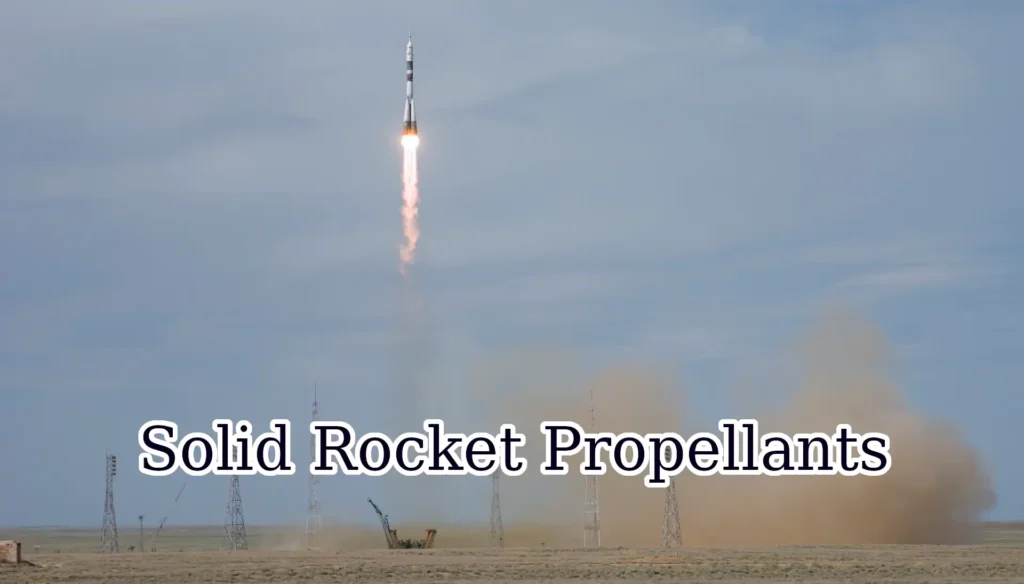Messi Biology states that while magnesium oxide (MgO) isn’t an “energy contributor” in solid rocket propellants, it plays multiple roles as a combustion stabilizer, desensitizer, and processing aid. MgO acts through chemical stabilization, thermal buffering, and environmentally friendly substitution, becoming a key additive to balance energy, safety, and processability, especially suitable for low-pressure combustion and low-signature modern tactical propulsion systems.

Stabilizing Low-Pressure Combustion, Reducing Pressure Exponent
- Mechanism: MgO neutralizes acidic byproducts (such as HCl, HF) generated during combustion through surface alkaline sites, inhibiting catalyst poisoning and maintaining stable burn rates.
- Measured: In RDX-CMDB propellants, adding MgO can reduce burn rate fluctuations in the low-pressure range (1–5 MPa), lower the pressure exponent, and achieve smoother combustion.
“Buffer” for Adjusting Burn Rate
- Dual Effects:
- A small amount of MgO (<2 wt%) can inhibit excessively high burn rates, avoiding engine pressure spikes.
- When used in conjunction with Mg(OH)₂ (surface hydroxylated MgO), it can delay thermal feedback through endothermic decomposition, achieving fine-tuning of the burn rate.
Improving Thermal Stability and Safety
- Heat Absorption Barrier: MgO’s high melting point (2852 °C) allows it to form an insulating layer in high-temperature regions, reducing the propellant’s thermal sensitivity and decreasing the risk of accidental ignition.
- Desensitization Application: In boron- or aluminum-containing propellants, MgO coating on metal particles can inhibit the agglomeration of molten metal, preventing nozzle clogging.
Environmentally Friendly Replacement for Heavy Metal Catalysts
- Green Formula: Replacing traditional lead/copper salt catalysts, MgO is free of heavy metal pollution, meets environmental regulations like REACH, and is suitable for tactical missiles and aerospace solid rocket motors.
Process Compatibility
- Nanoscale Dispersion: MgO with particle sizes <50 nm can be prepared through co-precipitation or ultrasound methods, dispersing evenly in the propellant matrix without the need for additional surface modification.
Energy Trade-off
- Due to MgO’s high heat of formation (-601.6 kJ/mol), excessive addition will slightly reduce the heat of explosion. Therefore, its content is typically controlled between 0.5–3 wt%.
